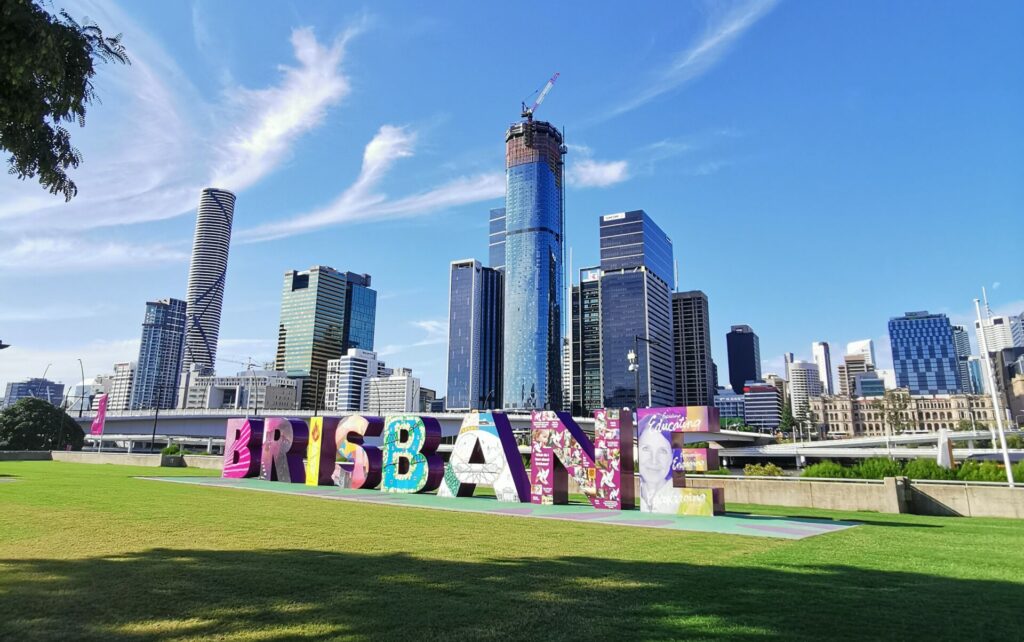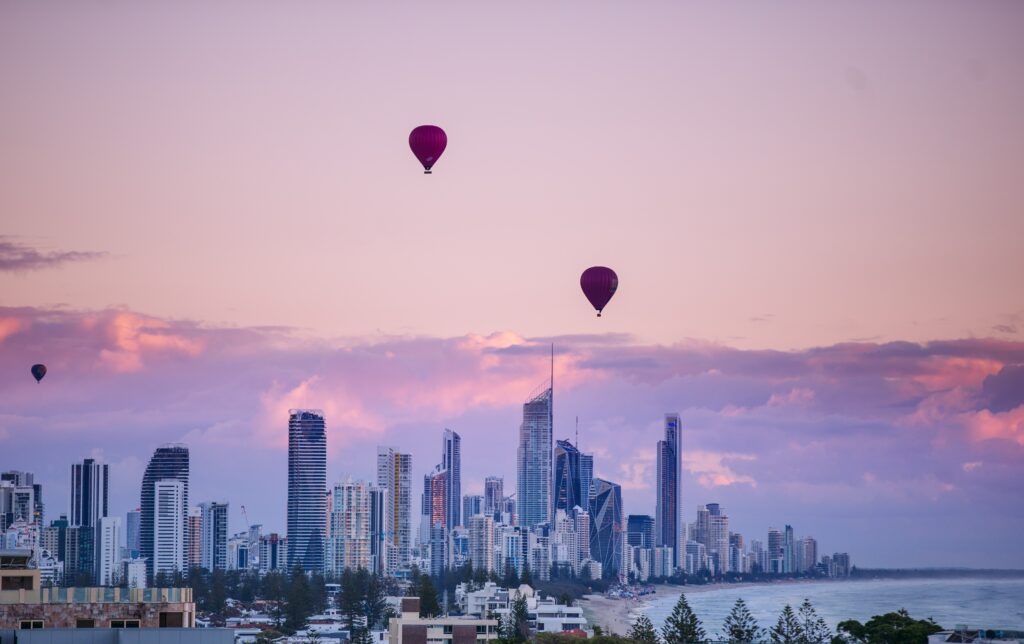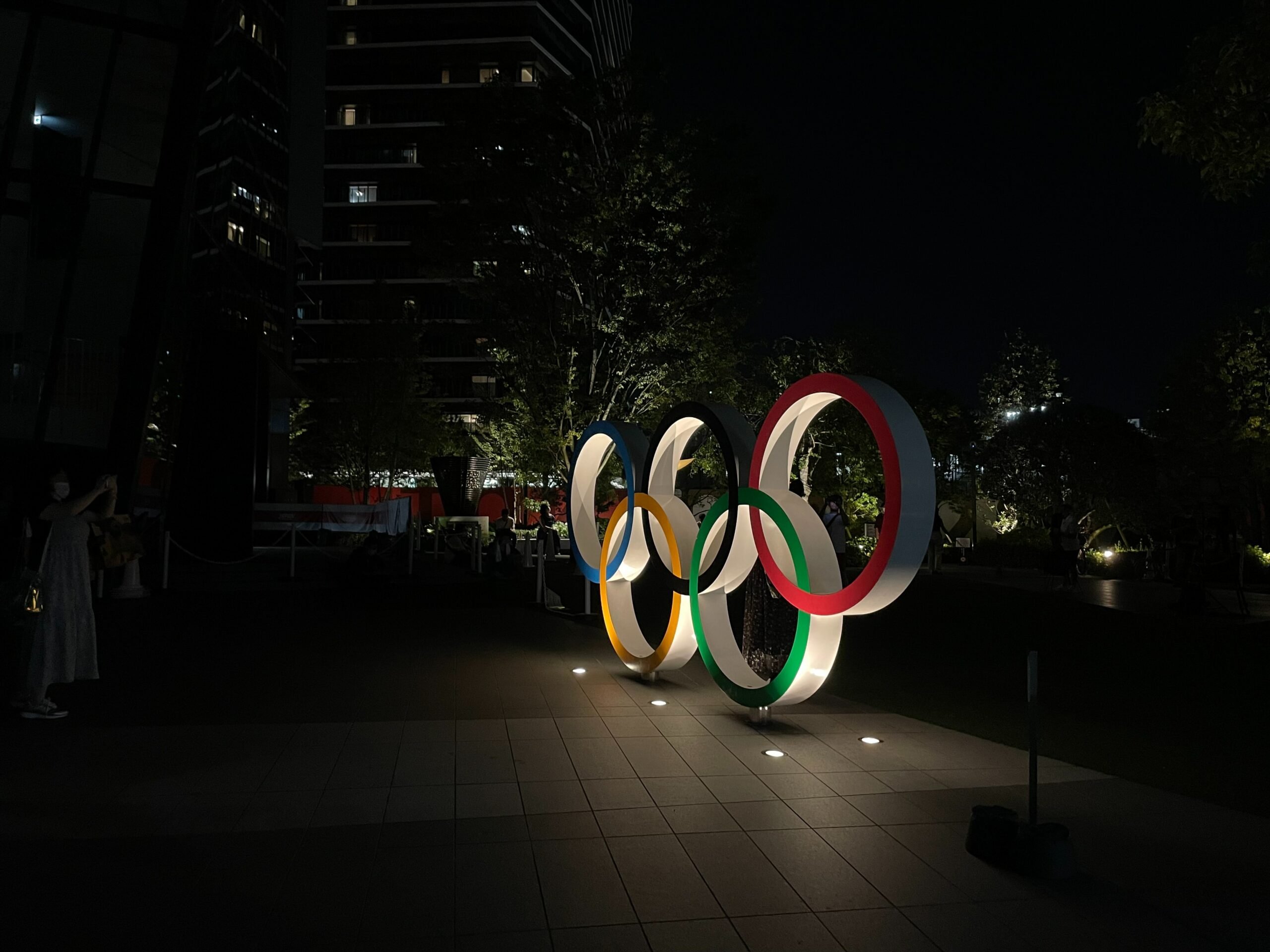FOR Queensland and its polarising leader, Annastacia Palaszczuk, the virtues of being the host city in 2032 is being viewed firmly as a major opportunity to ignite the state’s speedy tourism recovery following the emotional and financial fallout from the pandemic.
Brisbane secured the rights to the premier sporting event back in June, kickstarting a flurry of planning activity to make certain the city, and the wider state of Queensland, are primed to both pull off a seamless Games, and ensure the economic and tourism benefits delivered in the short-term will bear fruit for years to come.
We can only assume that Palaszczuk and her various planning committees will look to take lessons out of what to do and what not to do by using previous host cities as a guide. Stories such as those of the financially disastrous 1976 Montreal Olympics will no doubt serve as an important cautionary tale that simply winning the bid need not necessarily guarantee the host city an economic windfall. For the Canadian city, budget blowouts in construction costs meant citizens were stuck paying off the debt for the ensuing 30 years. While there are obvious benefits to hosting the Games such as an influx of tourists, spikes in foreign investment, job creation, and the much-lauded ‘Olympics Effect’, which theoretically should lead to a boost in economic growth, there are certainly big risks associated with stepping up to the plate as well. One of those double-edged swords is the sheer expense needed to bring a host city up to code, which for Brisbane in 2032, will mean a heftier bill than usual considering the rising cost of building materials and inflation, just as a starting point. Outside of building the infrastructure required to host the event such as stadiums and accommodation, security also accounts for a large portion of the bill – an increasingly important consideration in an age of growing terrorism threats and geopolitical instability.

But putting the risks and costs to the side for one moment, it is equally as important to recognise the invaluable potential that hosting an Olympics Games can inject into a city’s tourism sector – especially one dealing with the adverse repercussions of a once-in-a-century event like the COVID-19 pandemic. Queensland found itself particularly vulnerable to the travel shutdown, a state heavily reliant on its sunny travel appeal, boasting unparalleled natural wonders like The Great Barrier Reef and the Daintree Rainforest, to name just a few. North Qld in particular bore the brunt of the hiatus in international arrivals, with countless tourism businesses reliant on international arrivals forced to close their doors, many of them permanently, as the reality of indefinite border closures hit home. But despite the obvious damage caused by the global health emergency, government figures show that tourism in Queensland remains a $17 billion industry, and still employs one in 15 of the state’s residents. Flash forward to 2022, and the state is now eyeing off a triumphant return to tourism glory, with the Games being touted as the ideal springboard to fly Brisbane’s flag in front of the eyes of the world. In early November, Palaszczuk unveiled the fruits of her government’s early labour, with the Towards Tourism 2032 strategy report mapping out an ambitious path of recovery in the lead up to the Olympics.
Speaking at the DestinationQ Forum on the Gold Coast, the Premier declared the blueprint would set up Queensland’s visitor economy for long-term success, uncloaking the ambitious target to more than double the state’s tourism overnight expenditure to $44 billion a year by 2032.
“This next decade to 2032 is going to be a defining time in Queensland’s history,” Palaszczuk said.
“With ten years to go until we step out on the global stage for the biggest show in the world, we must be ready to showcase our state, our destinations, our unique experiences and services to the world,” she added.
Central to the three-phase plan is a $227 million commitment to target recommendations outlined in the strategy, which include developing a new global tourism marketing plan, the delivery of a new visitor experience grants program, implementing a new drive tourism roadmap, and continuing to invest heavily in the state’s Attracting Aviation Investment Fund. The effectiveness of the aviation push has already landed some impressive scalps for Queensland, including, but not limited to, the recent news that United Airlines will operate between Brisbane and San Francisco, and Singapore Airlines Group’s budget subsidiary Scoot committing to serve the Gold Coast – Singapore route. Additionally, the plan pledges to create an Indigenous Tourism Development Roadmap to 2032, a push that will be supported by extending its ‘Our Country Advisory Service’, while at the same time promoting eco credentials have also been identified as a crucial gateway to improving visitation. As a starting point, the state has committed to supporting greater destination eco-certification efforts, as well as cultivating a clearer ecotourism plan for protected areas.

Contained in the first phase of the strategy report (2023-2025) is a focus on promoting what the state believes are its “competitive advantages” over other destinations, such as its tropical beaches, natural marine attractions like The Great Barrier Reef, many and varied ancient Indigenous cultures, and plethora of outback adventures.
“From the reef to the outback, cities, islands and beaches, Queensland’s tourism industry showcases encounters, adventures, cultures, produce and events that are not found anywhere else in the world,” the report noted.
Of the 75 recommendations put forward by the Towards 2032 – Reshaping Queensland’s Visitor Economy to Welcome the World report, 46 were formally ratified by the Queensland Government. Interestingly, one of the recommendations to be rejected was the proposal for local government to implement a visitor tax, which garnered a fair amount of mixed media attention at the time of the initial planning report’s release. In knocking the idea on the head, the Qld Government said: “it does not support introducing a visitor levy, noting the [our] commitment for no new or increased taxes for the people of Queensland. Regional Tourism Organisations are encouraged to work with local governments to consider existing mechanisms and innovative solutions to address this issue”. Despite this, the window is still open for a levy to be charged for visitors and tour groups accessing ‘protected areas’, with the idea still under further government consideration. If approved, the protected area tax would see funds reinvested to recoup costs and put back into tourism infrastructure serving the state’s national parks.

By 2023, Queensland expects to restore peak tourism market share before reaching an interim aspirational target of $34 billion in overnight expenditure by 2027. By the time the Olympics roll around, the state has earmarked $44 billion in overnight expenditure, a target the report concedes is contingent on capturing more of the overall share of international visitors to Australia, maintaining its upwards momentum in intrastate travel, and continuing to find new ways to innovate against the other states and territories. The final target breakdown would see Queensland benefit from $11.4 billion in international spend, followed by $15.6 billion from interstate visitors, and the lion’s share coming from Queenslanders themselves, with the target of $17.4 billion laid down by 2032. To achieve these lofty goals, Queensland will also need to ensure it improves its workforce retention, be proactive with its tourism experiences remaining modern and appealing over the next decade, provide better regional connectivity, and finally, sell the vision that a holiday to Queensland is better value for money than competitor destinations over the next 10 years.
On the marketing front, Queensland will also look to invest in a partnership approach to growing its tourism allure in the run up to the Games, with the government, tourism bodies and private industry all incorporated into the plan of developing ‘Brand Queensland’. The trade has been listed as a major pillar of the success of the marketing plan, with segments like travel agents flagged as providing important avenues to guide industry activities that target maximum growth in visitation.
As former British track and field athlete Chris Brasher once observed, “there is something in the Olympics, indefinable, springing from the soul, that must be preserved”, so let’s just hope for the sake of Queensland’s tourism industry that same preservation of appeal can last for generations to come.







